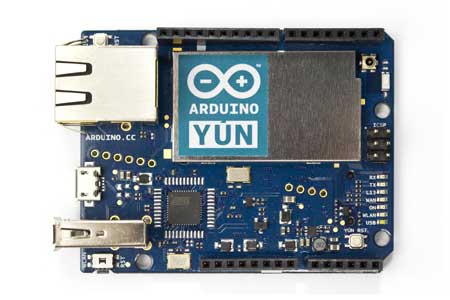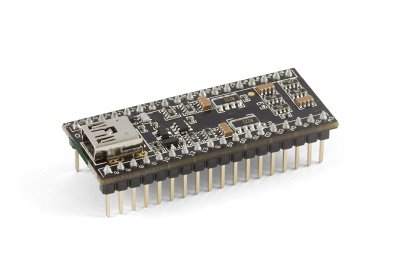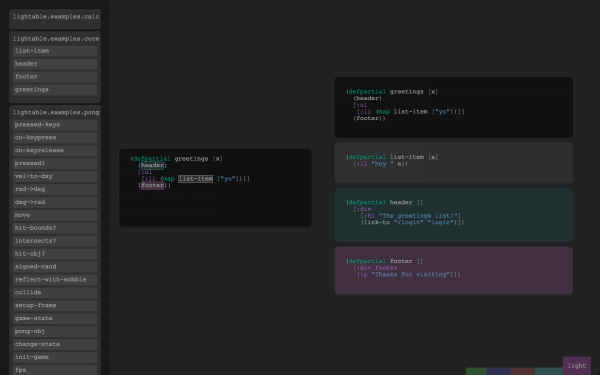A very insightful article and video from The Verge on voice synthesis and speak text-to-speech technology.
http://www.theverge.com/2013/9/17/4596374/machine-language-how-siri-found-its-voice
A very insightful article and video from The Verge on voice synthesis and speak text-to-speech technology.
http://www.theverge.com/2013/9/17/4596374/machine-language-how-siri-found-its-voice
If you, like me, get the urge to play around with piezo discs, I came across this inspiring video demonstrating a few ways of using transducers of different kinds when working with sound and material.
And by the way, should you run low on stores/money/imagination, you can also look up and reach for your fire alarm (be sure to replace it!). The part you are looking for is also the same part that is making the pleasant noise. Usually it looks like a metal ring with a membrane. Most alarms have them and they work great both in sensing vibrations and transmitting sound depending on how you use them. Enjoy!
GHI Electronics is bringing their modular electronic building blocks to Arduino land! You might be familiar with the .NET Gadgeteer platform and its very convenient modules+cables+sockets system. Now this is accessible and (re)usable with Arduino. A nicer solution than stacking 3-5 shields into an electronic sandwich monstrosity. I’m not sure why GHI needed a kickstarter campaign for that, but hey, why not :-)
“Coder is a free, open source project that turns a Raspberry Pi into a simple platform that educators and parents can use to teach the basics of building for the web. New coders can craft small projects in HTML, CSS, and Javascript, right from the web browser.”
Media Evolution The Conference is an annual event held in Malm̦, about the various intertwines of society, humanity, technology and everything in between. Many of the presentations are now online for your viewing pleasure, with topics like: Communication without a Digital Interface, Wearable Technology, Big Data РUnderstand and Visualize, Beyond Crowdfunding, Tactility in a Digital World, How We Learn, Thinking 100 Years Ahead, Libraries in a Digital Age, etc.
The quality of the presentations vary quite a bit, from very insightful to meuh. Nevertheless it’s great to see this content available to the world, especially considering the attendance fees were a few thousands SEK! Thanks :-)
https://vimeo.com/73863439
An insightful visit from designboom to the home where the Arduino boards are manufactured. Nice photos and details of the various processes.
A good thing or a (false) sense of safety based on technology?
View the press release.

Arduino YÚN
http://arduino.cc/en/Main/ArduinoYUN
Arduino YÚN is the first member of a new groundbreaking line of wifi products combining the power Linux with ease of use of Arduino. The first Arduino YÚN is the combination of a classic Arduino Leonardo (based on the Atmega32U4 processor) with a Wifi system-on-a-chip running Linino (a MIPS GNU/Linux based on OpenWRT). We embedded the Linux machine directly on the PCB of the Arduino Leonardo and we connected the two so that from Arduino it’s very easy to run commands on the Linux side and use it as an Ethernet and Wifi interface. (excerpt from the product page)
At ~52€, it’s not crazy expensive. It will be available starting September 10th.

Adafruit Trinket
http://www.adafruit.com/products/1509
A nice little board to bring ease of use to Attiny85 microcontrollers. It’s a small, cheap (8 USD) and quite capable little piece of tech. It’s compatible by the Arduino IDE we all love (or hate).

Phidgets 2/2/2 and 8/8/8 Mini-Format
http://www.phidgets.com/products.php?category=0&product_id=1011_0 & http://www.phidgets.com/products.php?category=0&product_id=1010_0
Phidgets boards are easy to use, but they are quite large and bulky. It’s not always a problem, but sometimes you wish that these boards would be smaller to ease disguise and packaging. Well, Phidgets recently introduced two smaller boards: one in a dongle format with the PhidgetInterfaceKit 2/2/2 (50 USD), the other in a DIP package called PhidgetInterfaceKit 8/8/8 Mini-Format (80 USD).
Here is a beautifully designed IDE (Interactive Development Environment) by Chris Granger for creating and testing scripts for web applications.
It has a beautiful minimal interface. Note the navigation tabs “doc” (green), “find” (blue), “play”(red), “table”(turq.), and “light”(purple) in the lower right hand corner.
See a nice video demonstration here on Vimeo.

The smallest unit of code is a function. Here nested functions are displayed to the right of the current function.
Go to http://tridiv.com/ to play around with it! (don’t you love how friendly the interface looks?)
I recently discovered the book Game Feel by Steve Swink, and I really wish I stumbled on this earlier. It depicts the “feel” of game design, but so much of it is applicable to general interaction design in my opinion. It really digs into the feedback loops, processes and mechanisms that underpin the sense of control, in turn leading invariably to satisfaction, enjoyment or delight of a (game) experience. I don’t consider myself super knowledgeable in the game design domain, so I can’t really comment on the game design perspective, but from a UI + physical hardware control perspective, this book is very rich and absolutely relevant.
I truly wish I had this book coming into my first year of IxD at school. And it’s not exactly new, 2008, so 6 years old! I’m curious to know if some of you have read it already, if so please share your impression/comments…
Game Feel: A Game Designer’s Guide to Virtual Sensation
http://www.game-feel.com

A new board is on its way for more internet connectedness. It will have it’s own plug-in modules (including one that’s arduino-compatible). The programming happens in javascript and can be done wirelessly.
A really nice animation by Shimi Cohen on the connections between social networks and being lonely.
[via]
Another very inspirational talk from Bret Victor. Check out the notes and comments at http://worrydream.com/dbx.
“The Sound of Sorting” visualizes the algorithms internals and their operations, and generates sound effects from the values being compared.
Learn more at http://panthema.net/2013/sound-of-sorting, including the source code for the various algorithms.
Some other sorting visualizations worth checking, if that is your kind of things:
http://www.sorting-algorithms.com
http://www.onformative.com/lab/the-form-of-sorting-algorithms/
http://www.youtube.com/watch?v=INHF_5RIxTE
http://www.youtube.com/watch?v=aXXWXz5rF64 (nice robot and opengl shaders!)